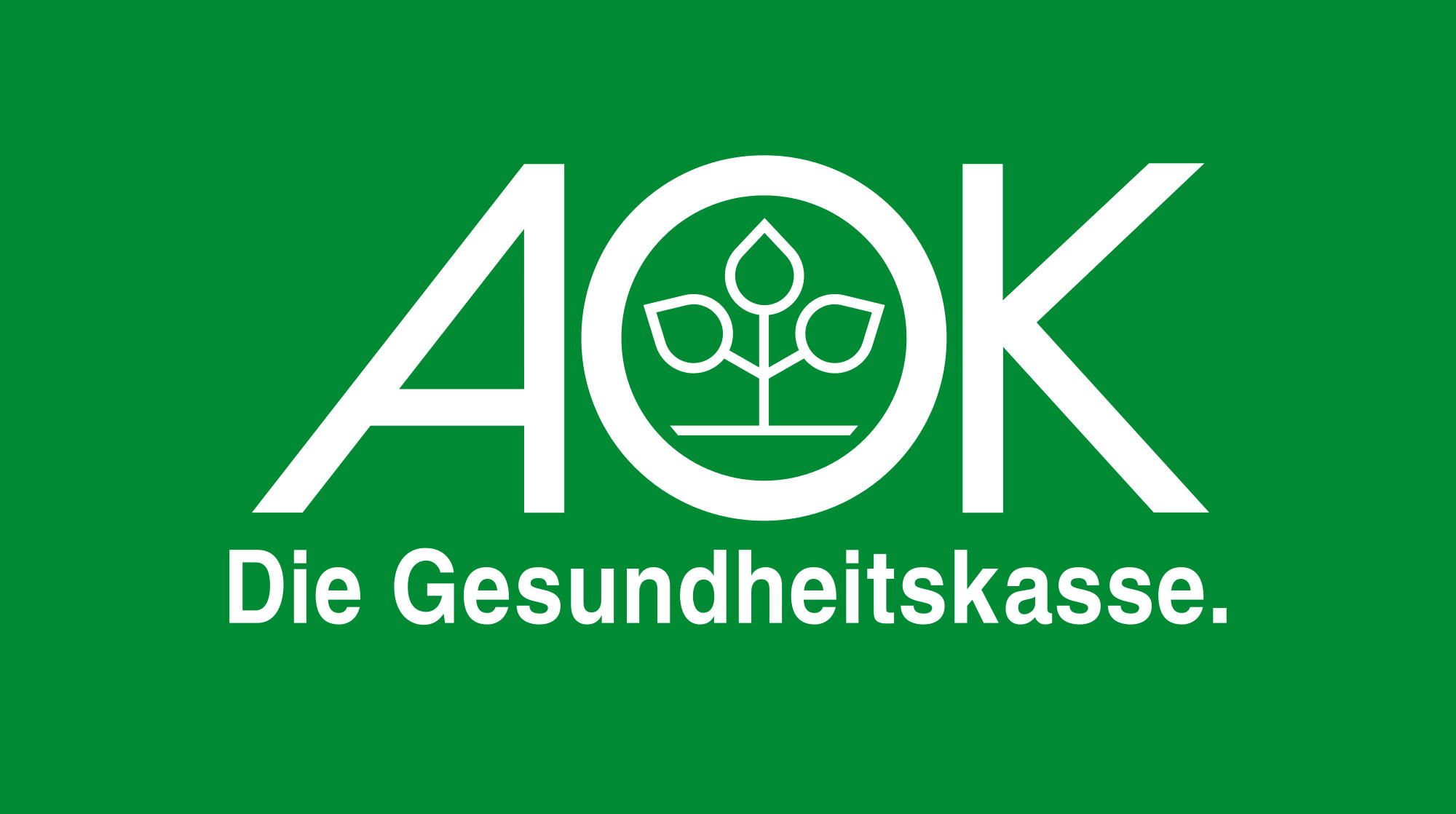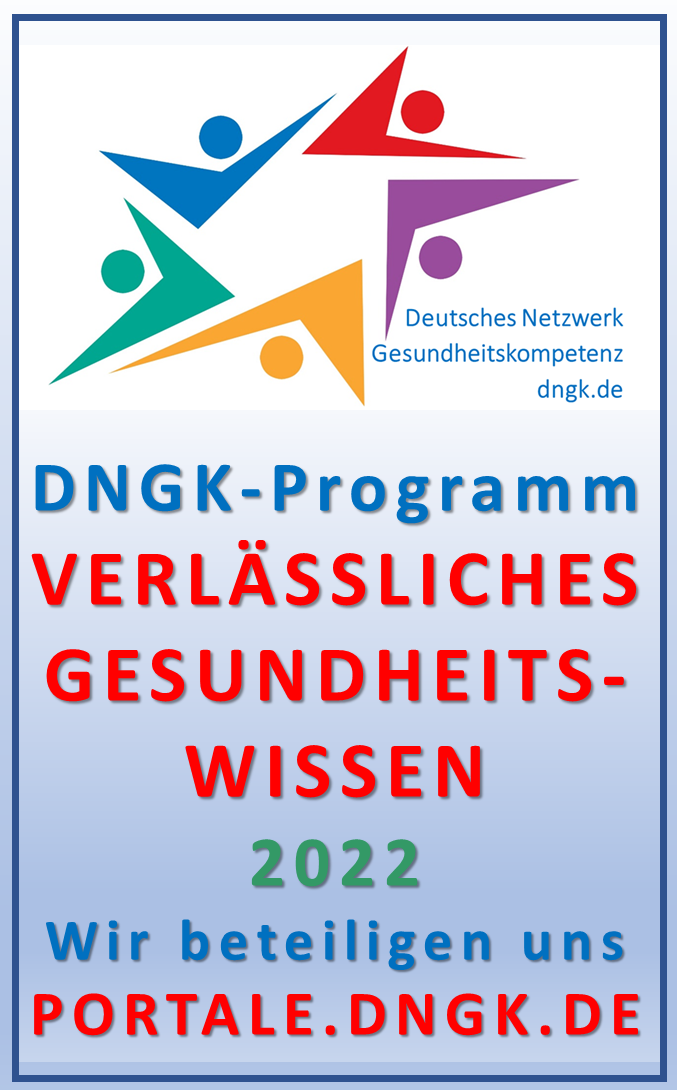The Harding Center for Risk Literacy collaborates with a number of organizations to develop fact boxes on health topics that are targeted at the general population and doctors alike. The fact boxes are intended to enable consumers to understand the advantages and disadvantages of certain medical measures so they can decide whether or not to consent to them.
Applying the developments and findings of the Harding Center's research on transparent communication of risks, we strive to present the best available evidence on potential benefits and harms of various medical measures and on health topics by creating fact boxes in a graphically appealing format.
More generally, we scientifically evaluate the effectiveness of fact boxes in terms of how they improve the consumers’ understanding of harms and benefits of health behaviors and treatments, and how they affect health decisions. In addition, we examine which other formats could be suitable for the aggregation and presentation of medical evidence and how best to communicate information about the quality and uncertainty of such evidence.
Collaboration partners:
Helsana
In a collaboration with the Swiss health insurer Helsana, we have created fact boxes on the topics of early cancer detection and vaccination. These can be found together with short animated films on the Helsana website.

AOK
In 2014 we began developing fact boxes in cooperation with the AOK, one of the largest health insurance providers in Germany. The fact boxes are available as decision-making tools on the AOK website (website only available in German).

Bertelsmann Foundation and Weisse Liste
This project builds on the research expertise of the Harding Center and the capacity of the Bertelsmann Stiftung to disseminate decision tools broadly to the public through their website "Weisse Liste" (website only available in German).

Gesellschaft für Wirtschaftlichkeit und Qualität bei Krankenkassen
The collaboration with GWQ ServicePlus AG (website only available in German) aims at strengthening the health literacy of people insured in the statutory health insurances so that they can make better decisions regarding their health. For this matter, we developed fact boxes on various topics.

Robert Koch Institute (RKI)
In cooperation with colleagues from the Robert Koch Institute (RKI), we have created fact boxes on COVID-19 vaccinations.

Simply Rational
In cooperation with Simply Rational we developed an interactive fact box. The fact box is supposed to help weigh the advantages and disadvantages of vaccination against COVID-19. The link will be provided soon.


Medical questions often have no black-and-white answers. For this reason, transparent information is crucial – as is the courage to make informed decisions for oneself.
What are fact boxes?
Fact boxes communicate the best available evidence about a specific topic in an easily understandable manner. The most important pros and cons are contrasted with each other in a tabular format, thus allowing even people with no medical or statistical background to make competent decisions.
The idea
The simple tabular format was originally developed by Eddy in the form of a balance sheet to illustrate the benefits and harms of colorectal cancer screening. Lisa Schwartz and Steven Woloshin subsequently adopted the idea in their drug fact boxes to improve direct-to-consumer drug advertisements. Since 2009, the work at the Harding Center for Risk Literacy builds on this work in order to disseminate the idea of fact boxes focusing on health topics.
Several studies show that fact boxes were effective tools for informing the general public about harms and benefits of medical treatments.
Methods
Fact boxes are based on the best scientific evidence currently available. Their development adheres to the methods of evidence-based medicine according to Sackett et al. (1996) and Kunz et al. (2007) as well as the findings of the guideline evidence-based health information by Lühnen et al. (2017). Each fact box is reviewed several times by Harding Center team members and finalized in collaboration with an editor and the Harding Center's head research scientist.
In our methods paper, we describe the scientific principles and general methodological approach used by Harding Center staff in the creation of fact boxes. In addition to providing a detailed description of the scientific principles, we summarize the steps involved in creating the fact boxes (e.g., evidence selection, outcome selection) and provide a comprehensive explanation of the Harding Center's collaborating partners, sponsors, and funders.
The Harding Center and the authors of the fact boxes declare that there are no conflicts of interest involved in the development of the fact boxes.
The project-specific steps for the preparation of a fact box as well as the results of the literature searches and evidence assessments can be found in the respective method reports, which can be made available upon request. The team members involved in the creation of a fact box can also be found in the respective method reports.
The method paper for the development of fact boxes is under continuous revision in order to meet the Harding Center's own quality requirements and to take into account the latest developments in evidence-based medicine.
Comments and suggestions are welcome and can be addressed to hardingcenter@fgw-brandenburg.de.
» Method paper for the development of fact boxes
(version 2.2, 06/16/2021)
Sources
Brick, C, McDowell, M, & Freeman, ALJ (2020). Risk communication in tables vs. text: a Registered Report randomised trial on 'fact boxes'. Royal Society Open Science 7: 190876. doi: 10.1098/rsos.190876 [Article]
Loizeau, AJ, Theill, N, Cohen, SM, Eicher, S, Mitchell, SL., Meier, S, McDowell, M, Martin, M, Riese, F (2019). Fact Box decision support tools reduce decisional conflict about antibiotics for pneumonia and artificial hydration in advanced dementia: A randomized controlled trail. Age and Ageing, 48, 67-74. doi:10.1093/ageing/afy149 [Article]
McDowell, M. E., Gigerenzer, G., Wegwarth, O., & Rebitschek, F. G. (2019). Effect of tabular and icon fact box formats on comprehension of benefits and harms of prostate cancer screening: A randomized trial. Medical Decision Making, 39, 41-56. doi:10.1177/0272989X18818166 [Article]
McDowell M, Rebitschek FG, Gigerenzer G, Wegwarth O (2016). A Simple Tool for Communicating the Benefits and Harms of Health Interventions: A Guide for Creating a Fact Box. MDM P&P 1:1-10. [Article]
Schwartz LM, Woloshin S, Welch HG (2009). Using a drug facts box to communicate drug benefits and harms: two randomized trials. Ann Intern Med 150:516-27. [Article]
Schwartz LM, Woloshin S, Welch HG (2007). The drug facts box: providing consumers with simple tabular data on drug benefit and harm. Med Decis Making 27:655-62. [Abstract]
Eddy DM (1990). Comparing benefits and harms: the balance sheet. JAMA 1990;263(18):2493. [Abstract]
Sackett DL, Rosenberg WM, Gray JA, Haynes RB, Richardson WS (1996): Evidence based medicine: What it is and what it isn't. BMJ 312(7023):71–2. Epub 1996/01/13.
Kunz R, Ollenschläger G, Raspe H, Jonitz G, Donner-Banzhoff N. (2007): Lehrbuch Evidenzbasierte Medizin in Klinik und Praxis. Köln: Deutscher Ärzte-Verlag.
Lühnen J, Albrecht M, Mühlhauser I, Steckelberg A (2017): Leitlinie evidenzbasierte Gesundheitsinformation. Hamburg: Deutsches Netzwerk Evidenzbasierte Medizin e.V. Abrufbar unter: https://www.ebm-netzwerk.de/was-wirtun/publikationen/LeitlinieEvidenzbasierteGesundheitsinformation.pdf (15.05.2018).
Terms of Use
![]() All fact boxes of the Harding Center for Risk Literacy and accompanying materials are licensed under a Creative Commons BY-NC-ND 4.0 license (attribution - non-commercial - no derivatives - 4.0 international).
All fact boxes of the Harding Center for Risk Literacy and accompanying materials are licensed under a Creative Commons BY-NC-ND 4.0 license (attribution - non-commercial - no derivatives - 4.0 international).
Das Methodenpapier für die Erstellung von Faktenboxen befindet sich in fortwährender Überarbeitung, um den eigenen Qualitätsanforderungen des Harding-Zentrums gerecht zu werden und die neusten Entwicklungen in der evidenzbasierten Medizin zu berücksichtigen.
Anmerkungen und Anregungen zum Methodenpapier sind herzlich willkommen und können an hardingcenter@fgw-brandenburg.de gerichtet werden.
zum Methodenpapier des Harding-Zentrums für die Entwicklung von Faktenboxen
(Version 2.2, 16.06.2021)
Das Harding-Zentrum beteiligt sich am Programm "Verlässliches Gesundheitswissen" des Deutschen Netzwerks Gesundheitskompetenz e.V. DNGK.

Quellen
Brick, C, McDowell, M, & Freeman, ALJ (2020). Risk communication in tables vs. text: a Registered Report randomised trial on 'fact boxes'. Royal Society Open Science 7: 190876. doi: 10.1098/rsos.190876 [Article]
Loizeau, AJ, Theill, N, Cohen, SM, Eicher, S, Mitchell, SL., Meier, S, McDowell, M, Martin, M, Riese, F (2019). Fact Box decision support tools reduce decisional conflict about antibiotics for pneumonia and artificial hydration in advanced dementia: A randomized controlled trail. Age and Ageing, 48, 67-74. doi:10.1093/ageing/afy149 [Article]
McDowell, M. E., Gigerenzer, G., Wegwarth, O., & Rebitschek, F. G. (2019). Effect of tabular and icon fact box formats on comprehension of benefits and harms of prostate cancer screening: A randomized trial. Medical Decision Making, 39, 41-56. doi:10.1177/0272989X18818166 [Article]
McDowell M, Rebitschek FG, Gigerenzer G, Wegwarth O (2016). A Simple Tool for Communicating the Benefits and Harms of Health Interventions: A Guide for Creating a Fact Box. MDM P&P 1:1-10. [Article]
Schwartz LM, Woloshin S, Welch HG (2009). Using a drug facts box to communicate drug benefits and harms: two randomized trials. Ann Intern Med 150:516-27. [Article]
Schwartz LM, Woloshin S, Welch HG (2007). The drug facts box: providing consumers with simple tabular data on drug benefit and harm. Med Decis Making 27:655-62. [Abstract]
Eddy DM (1990). Comparing benefits and harms: the balance sheet. JAMA 1990;263(18):2493. [Abstract]
Sackett DL, Rosenberg WM, Gray JA, Haynes RB, Richardson WS (1996): Evidence based medicine: What it is and what it isn't. BMJ 312(7023):71–2. Epub 1996/01/13.
Kunz R, Ollenschläger G, Raspe H, Jonitz G, Donner-Banzhoff N. (2007): Lehrbuch Evidenzbasierte Medizin in Klinik und Praxis. Köln: Deutscher Ärzte-Verlag.
Lühnen J, Albrecht M, Mühlhauser I, Steckelberg A (2017): Leitlinie evidenzbasierte Gesundheitsinformation. Hamburg: Deutsches Netzwerk Evidenzbasierte Medizin e.V. Abrufbar unter: https://www.ebm-netzwerk.de/was-wirtun/publikationen/LeitlinieEvidenzbasierteGesundheitsinformation.pdf (15.05.2018).
Nutzungsbedingungen
![]() Alle Faktenboxen des Harding-Zentrum für Risikokompetenz und das dazugehörige Begleitmaterial sind lizenziert unter einer Creative Commons BY-NC-ND 4.0 Lizenz (Namensnennung - Nicht kommerziell - Keine Bearbeitungen - 4.0 International).
Alle Faktenboxen des Harding-Zentrum für Risikokompetenz und das dazugehörige Begleitmaterial sind lizenziert unter einer Creative Commons BY-NC-ND 4.0 Lizenz (Namensnennung - Nicht kommerziell - Keine Bearbeitungen - 4.0 International).
